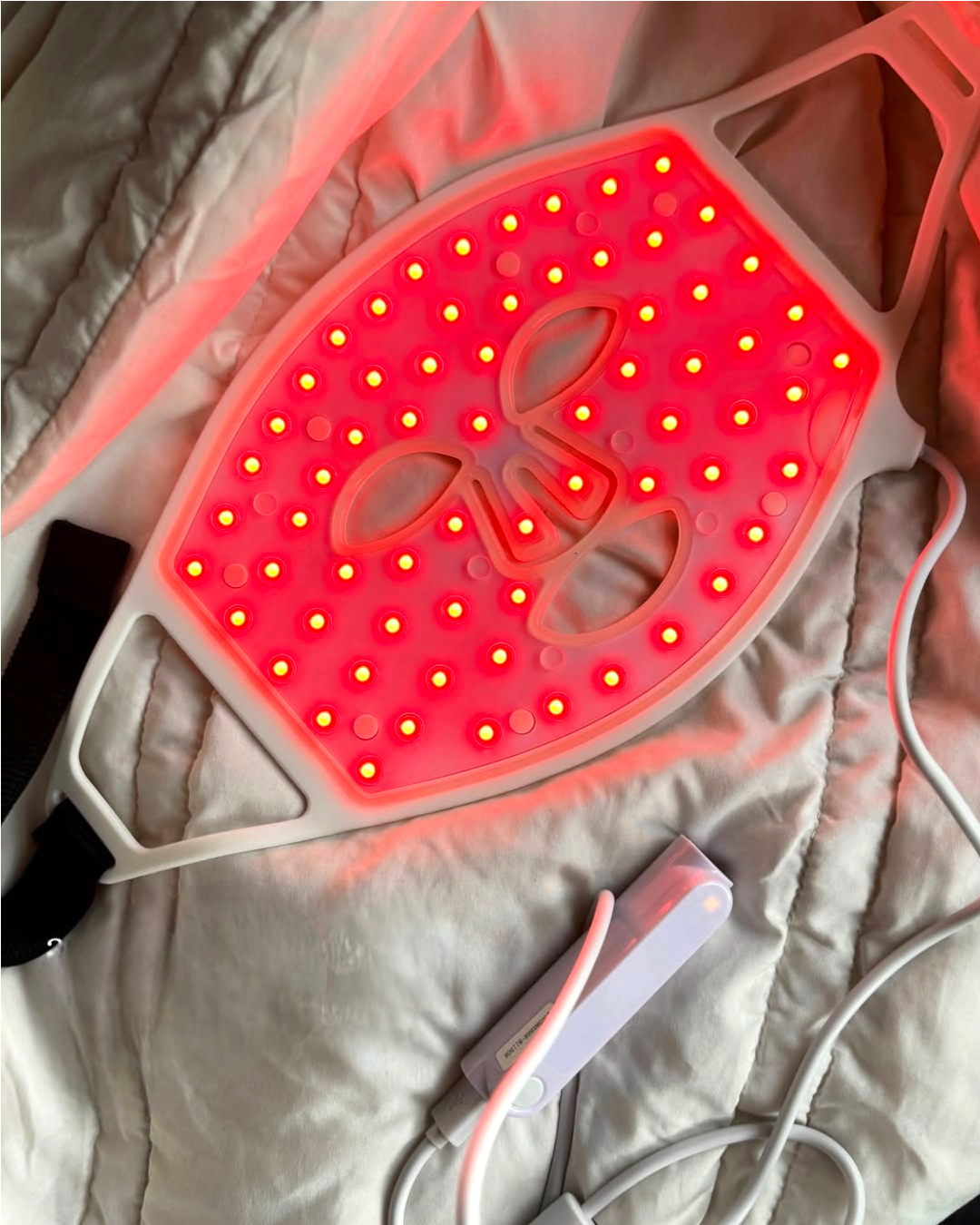
Maryland is known for its scenic roadways and diverse landscapes, making it an appealing place to explore on two wheels. But before hitting the open road, new riders must first understand the rules and requirements for legally operating a motorcycle.
For beginners, securing a Maryland motorcycle learner’s permit is the first step toward becoming a licensed and responsible rider. A motorcycle learner’s permit allows new riders to practice under specific conditions while gaining the skills and confidence needed for full licensure. It’s important to know the eligibility criteria, necessary documentation, and the limitations that come with holding a permit.
Understanding these details can help you avoid delays and stay compliant with state regulations. Whether you’re just starting your motorcycle journey or thinking about getting licensed in the near future, being well-informed about the permit process is key. From safety training to permit restrictions,
This guide provides essential information for new riders applying for a Maryland motorcycle learner’s permit.
Minimum Age Requirements
The first requirement for obtaining a motorcycle permit is the minimum age set forth by your state. In most states, motorcyclists can apply for a motorcycle learner’s permit at 15 or 16. Specific age limits are not provided but depend on the laws of individual states.
In Maryland, applicants must meet specific eligibility requirements before they can legally ride on the road. A motorcycle learner’s permit can be issued to individuals as young as 15 years and 9 months, provided they pass a knowledge test and obtain parental consent if they are under 18. These regulations are designed to help young riders learn the necessary steps to operate a motorcycle in a safe and controlled environment.
Written Knowledge Test
A motorcycle permit is issued after successfully passing a written knowledge test. This test is based on the motorcycle operator’s manual published by the state’s motor vehicle department.
The manual includes information on traffic rules, safe operating techniques, descriptions of motorcycle controls, and guidance on how to respond in dangerous situations while ensuring road safety.
Vision Screening
Vision screening is a standard part of the motorcycle permit process. It ensures that all drivers meet the vision standards required for safe roads. Poor eyesight can be especially dangerous when riding a motorcycle, where visibility and reaction time are critical.
However, people who use prescription glasses should bring them to the test. In fact, in some cases, people who have just obtained a permit may be denied a permit without first putting on glasses or contact lenses.
Permit Riding Restrictions
Each state has specific limitations on when and under what conditions a permit holder is allowed to ride a motorcycle. In some states, for example, permit holders may be prohibited from riding at night, carrying a passenger, or using the freeway.
These regulations vary by state but are generally designed to minimize risk. Violating the terms of the permit can result in fines, delays in obtaining a full license, or even the revocation of the permit.
Supervised Practice Rules
Some states have rules that a person driving with a permit must do so only under supervision. This may indicate that you can only drive if a person has a driver’s license and a legal motorcycle. Alternatively, it may be possible to accompany the driver while observing an accredited motorcycle training zone.
Likewise, some states also have a required minimum number of hours of practice you must log before you can test for your full license. Taking a safety course usually includes getting some important hands-on training and may even exempt you from the skills test required to obtain the full license.
Conclusion
Your motorcycle permit is the first step to lawful, free-spirited, open-road riding. It’s not just a piece of paper; it’s a structured learning period created to help you and others stay safe as you build your riding skills. By noting the demands of working within the limitations and doing the work, beginners can build a foundation for a fun and safe riding future.




